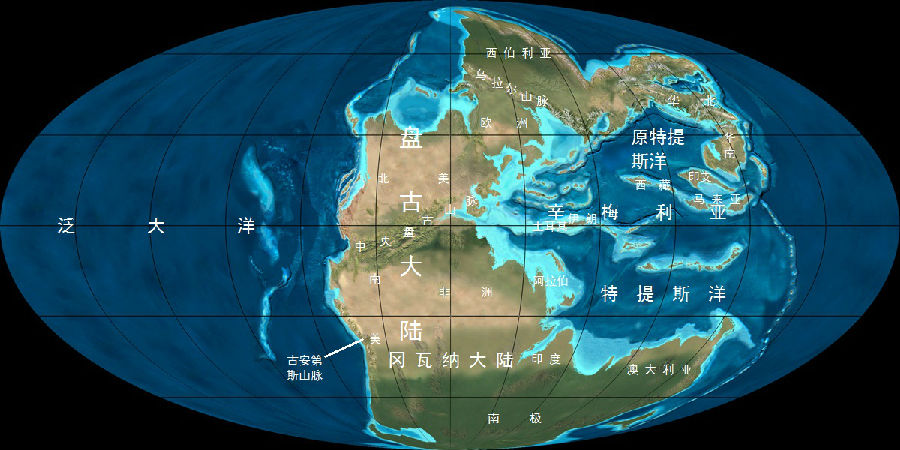Pick up a pebble from a Massachusetts beach, and its nearest kin will now be in Africa. The Scottish Highlands and much of Scandinavia are substantially American. Some of the Shackleton Range of Antarctica, it is thought, may once have belonged to the Appalachians of the eastern U.S. Rocks, in short, get around.

Australia will colonize the islands to its north and connect by some isthmian umbilicus to Asia. These are future outcomes, but not future events. The events are happening now. As we sit here, continents are adrift, like leaves on a pond. Thanks to Global Positioning Systems we can see that Europe and North America are parting at about the speed a fingernail grows—roughly two yards in a human lifetime. If you were prepared to wait long enough, you could ride from Los Angeles all the way up to San Francisco. It is only the brevity of lifetimes that keeps us from appreciating the changes. Look at a globe and what you are seeing really is a snapshot of the continents as they have been for just one-tenth of 1 percent of the Earth's history.












